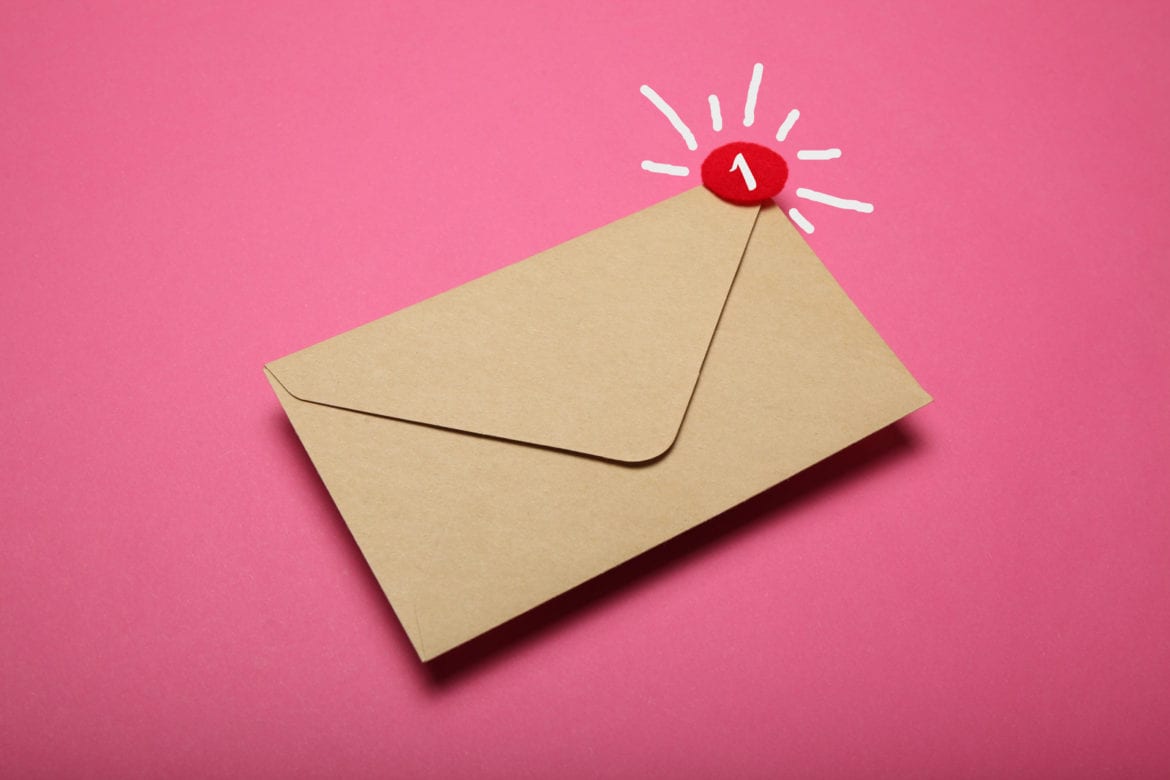|
Getting your Trinity Audio player ready...
|
Apple’s updates endanger the industry’s key metric, but it’s a minor hiccup
In the booming newsletter business, there are few metrics as important for publishers and advertisers as open rate.
Last week, Apple announced its new iOS version will make this cornerstone metric virtually irrelevant. The company introduced a privacy feature that would prevent senders from knowing if the receiver opened an email.
As Nieman Lab’s Joshua Benton puts it, “this is another sign that Apple’s war against targeted advertising isn’t just about screwing Facebook — they’re also coming for your Substack.” Although the new feature is great for users’ protection against intrusive marketing emails, some experts argue Apple could have paid more attention to the interests of news publishers.
Thus, it seems that, in the near future, newsletter authors will have to find another way to convey the successes of their product to advertisers (or corporate backers or donors, for that matter). Click-through rates aren’t going away, and you can always do a good old reader survey.
Still, while this update might be a pain for publishers, newsletters’ future doesn’t seem in peril. The Fix has reported many times on how newsletters can become a newsroom’s biggest driver of revenue – or at least a useful tool for attracting and retaining your audience and monetising it. Last week underscored two promising points.
First, the growing influence of individual newsletter publishers. In the US, journalist Hunter Walker became the first Substack writer to join the White House press corps. Although Walker isn’t new to covering national politics, it’s “unprecedented access for an independent newsletter writer,” as the Washingtonian notes.
Across the Atlantic, the latest high-profile entry to the newsletter game is Dominic Cummings, a former top adviser to British Prime Minister Boris Johnson. Apart from a free version, for £10 (€12) a month, you can get “more recondite stuff on the media, Westminster, ‘inside No10’, how did we get Brexit done in 2019, the 2019 election etc”.
The second promising aspect is the potential for a new funding model. Last week, journalist Kyle Chayka announced he would be able to fund his daily entertainment newsletter Dirt using NFTs. Chayka sold 131 NFTs for around $30,000 and says this will allow his venture to “rates competitive with the largest digital media publications.”
Although we’ve seen media outlets sell their individual articles as NFTs, bringing serious money and lots of attention, it’s the first example of “NFTs being used as a more sustainable funding mechanism for journalists as creators,” Axios notes.
As The Fix’s David Tvrdon suggests, “what if the future of media is only newsletters and podcasts?”
This piece was originally published in The Fix and is re-published with permission. The Fix is a solutions-oriented publication focusing on the European media scene. Subscribe to its weekly newsletter here.


